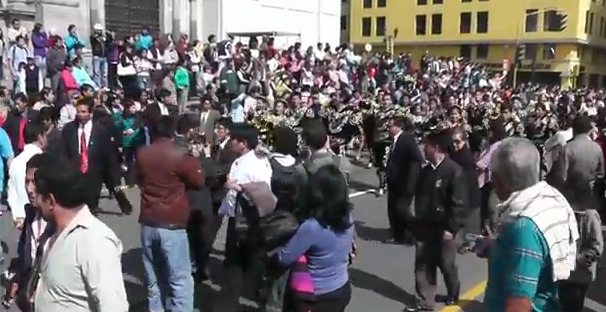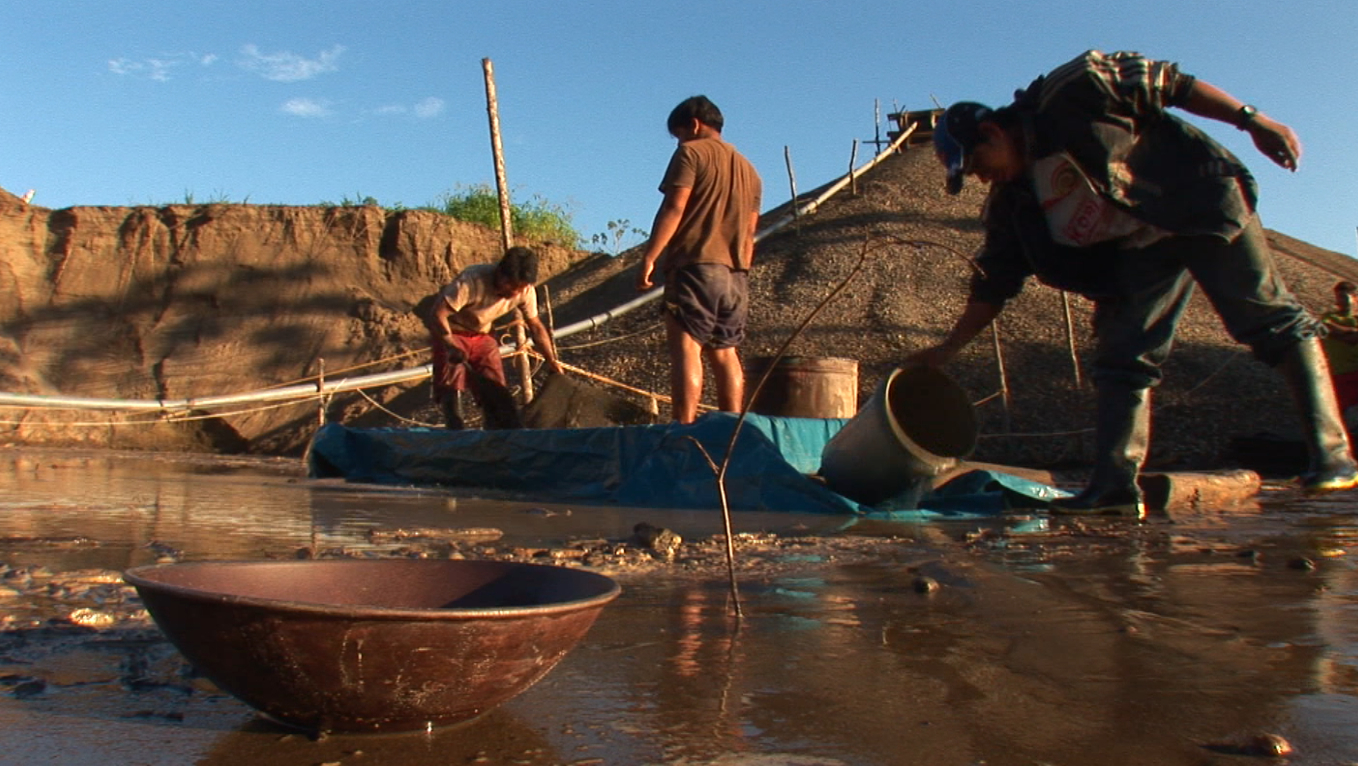
I arrived at my hotel in Peru at 3:30 in the morning of July 28, a national holiday, and the day Peru's 97th president, Ollanta Humala was to be sworn in. After shaking out the cobwebs, I jumped a taxi down to the Plaza de Armas to check out the scene at the inauguration. You can get a taste of the day's celebrations from this video.
Front and center on President Humala's agenda is the issue of mining and extraction industries, which have been both a blessing and a curse throughout Peru's history.
As I write, gold has already hit a record high of $1,635 per ounce, with Citigroup predicting it could reach $2,000 per ounce.
Of course, this is welcome news here in Peru, which has seen its mining sector boom due to recent surges in global commodity prices. It is also welcome news to President Humala, who has pledged to hike taxes on global mining companies to fund social programs and environmental cleanup in mining-impacted communities. The new government wants a cut of the estimated $50 billion in extractive industries investments lined up for the next decade, and that has the big mining companies very nervous. Similarly on edge are the indigenous peoples of the highlands and Peru's Amazon region, who blame mine operators and the government for exploiting and polluting their land at the expense of their cultural heritage. Peru's national human rights ombudsman's office has reported that conflicts between authorities and indigenous communities have claimed more than 100 lives and 1,300 injuries since 2008. Some observers call the resource extraction issue a "ticking time bomb" for President Humala, because it is such an explosive issue for both big business interests and the rural, indigenious poor who support his populist agenda.
The Peruvian mining sector was deregulated under President Alberto Fujimori (1990-2000) to make the country attractive to foreign investors and corporations. Deregulation did attract foreign mining companies and investment in large-scale mining operations, but it also opened the doors for small-scale miners, many from rural, impoverished communities that saw few tangible returns from all the large-scale mining activity.
From the frigid, towering peaks of the Andes to the sweltering, riverbanks of the Amazon, it is estimated that a third of a million Peruvians now make their living through unregulated, or small-scale gold mining.
In a country with a 30 percent poverty rate, mining offers a promise of rags to riches that for many is impossible to ignore. Here, small-scale mining produces 170,000 metric tons of gold, providing mostly rural, impoverished communities with a primary or supplemental source of income. With few government regulations, rising gold prices, and new miners joining the hunt for gold each day, Peru faces growing environmental, health, and security challenges as a result of this informal, or small-scale mining.
But unregulated mining is not just problem in Peru. About 130 million people around the world survive on small-scale mining, most of them in poverty and vulnerable to injury, exploitation, and sometimes death. Small-scale mining accounts for 20 percent of the world's total gold production, but it is also responsible for more mercury pollution to the environment than any other global industry, according to the US Environmental Protection Agency. A lethal legacy for the miners and those unfortunate enough to live in their communities. During my travels here I hope to examine the impact and some of the underlying drivers of small-scale gold mining of Peru--and share my findings here in this blog and ensuing video reports.





